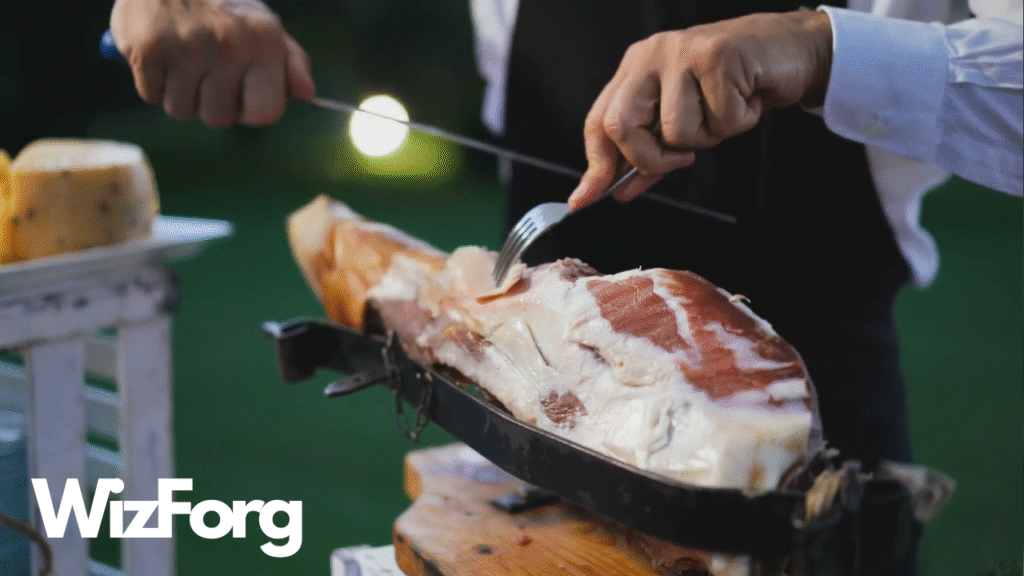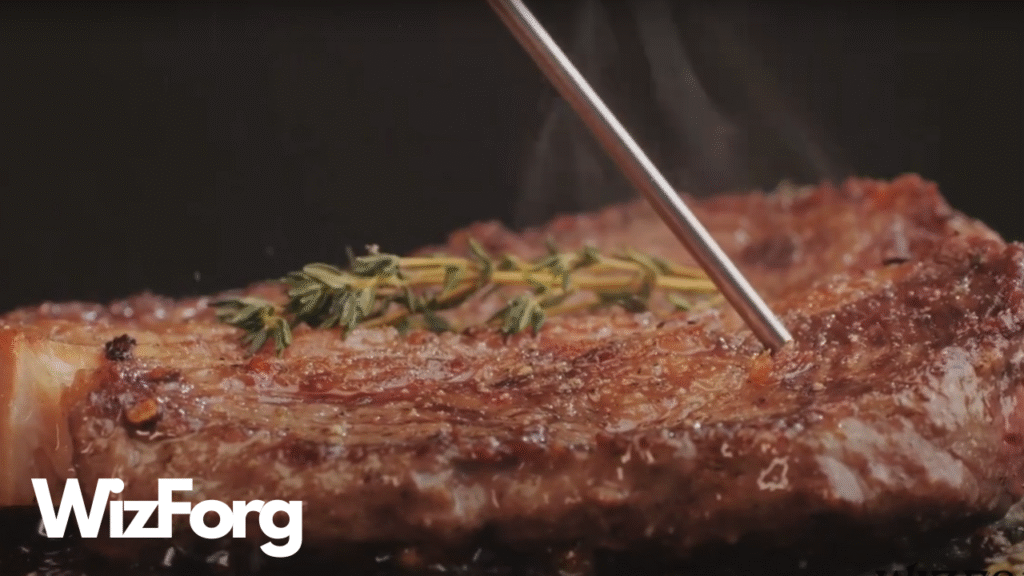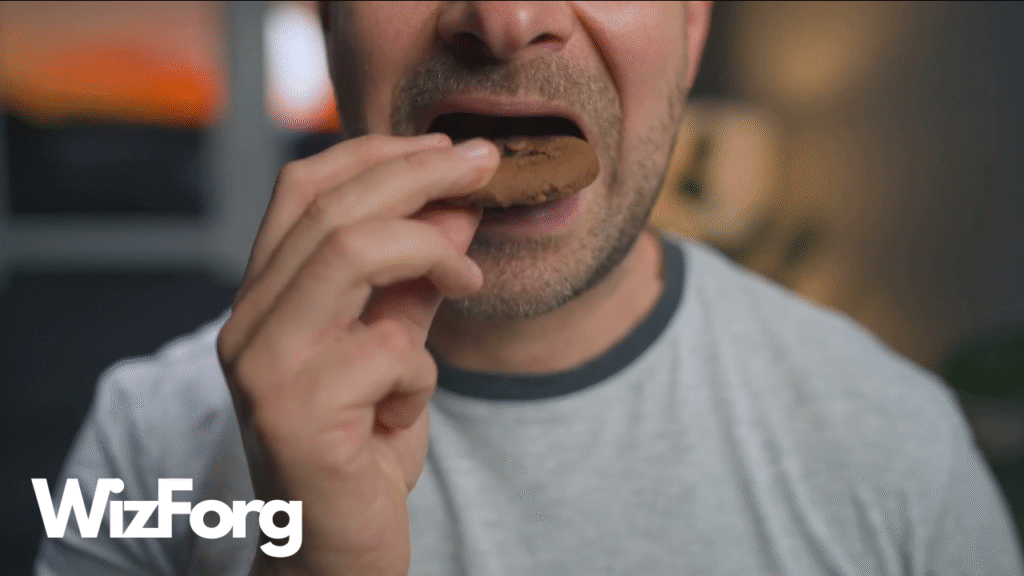You’ve seen it on fancy charcuterie boards. You’ve heard the name whispered in gourmet kitchens. You may have even tasted it shaved paper-thin at a market or deli. But here’s the truth: if that delicious slice of prosciutto didn’t come from the exclusive Parma region of Italy, it’s not Parma ham. You’re part of a select group that truly understands its origin.
Yes, really. This isn’t just culinary snobbery. It’s the law, and behind it is a fascinating story of tradition, place, and protection that spans centuries.
What Is Parma Ham?
Parma, officially known as Prosciutto di Parma, is one of the most iconic cured meats in the world. It’s dry-cured using a minimalist recipe: pork, sea salt, fresh air, and time. That’s it—no smoke, no chemicals, no artificial preservatives. The result is a melt-in-your-mouth delicacy with a delicate, nutty sweetness and a rich, silky texture.
But what truly sets it apart? Location.
For ham to legally be called Parma ham, it must be made within the Parma province of Italy and follow strict production methods passed down through generations. The unique combination of Parma’s air, soil, and centuries of tradition contributes to Parma ham’s distinct flavor and texture. Even if the exact process is replicated elsewhere, it’s not the real deal without these elements.
Protected by Law: The PDO Designation
Parma ham isn’t just a product; it’s a legally protected legacy. Under the European Union’s Protected Designation of Origin (PDO) system, only hams produced in a defined area around Parma using specific methods can bear the name Prosciutto di Parma. This system ensures Parma Ham’s authenticity, traceability, and quality control, preserving its unique characteristics and supporting the local economy.
Think of it like Champagne. If sparkling wine doesn’t come from the Champagne region of France, it’s not Champagne. The same goes for Parma ham.
The PDO status ensures:
- Authenticity – Only hams cured in Parma qualify.
- Traceability – From pig to plate, each ham’s journey is documented.
- Quality control – Every ham is inspected and must meet strict standards before it earns the Ducal Crown seal.
This legal protection preserves quality and supports local farmers, artisans, and a regional economy built on heritage.
The Traditional Process
So, how exactly is real Parma ham made?
It begins with Italian pigs, born and raised in specific regions of central and northern Italy. Their diet is carefully controlled, and one key ingredient is whey from Parmigiano Reggiano cheese production, creating a closed-loop food culture in the region. This attention to detail and respect for ingredients make Parma ham special.
Once slaughtered, the pork legs are trimmed and salted by hand. They’re left to rest and absorb the salt naturally, drawing out moisture while maintaining the meat’s natural flavor. After the initial curing, the hams are rinsed and hung in well-ventilated rooms, often with windows open to let in the dry, aromatic breezes from the Apennine Mountains.
There’s no rush. Curing takes at least 12 months, sometimes up to 36 months. During this time, nature does most of the work. It’s a slow, patient process that hasn’t changed much in centuries.
Finally, an independent expert inspects each ham. Only if it passes the visual, tactile, and olfactory tests will it be fire-branded with the Ducal Crown seal, a mark of authenticity and quality that distinguishes it from imitations. This seal is usually found on the ham’s rind or packaging.
Why the Name Matters
You’ll often see products labeled “Parma-style ham” or “Italian dry-cured ham outside Europe.” While these might look and taste similar, they aren’t subject to the same legal protections or quality controls.
Why should that matter?
Because flavor, texture, and trust are directly tied to the origin, Parma’s unique climate balance of humidity, temperature, and airflow affects how the meat cures and develops flavor. The craftsmanship involved in each step, from animal welfare to aging, contributes to an experience that imitators can’t duplicate.
To the people of Parma and many Italians, the name isn’t just a label. It symbolizes regional pride, agricultural heritage, and culinary identity.
What to Look For
If you want to enjoy the real Prosciutto di Parma, keep an eye out for these three signs:
- ✅ The full name “Prosciutto di Parma”
- ✅ The golden-yellow PDO (Protected Designation of Origin) label
- ✅ The fire-branded Ducal Crown seal on the rind or packaging
If any of these are missing, it’s likely a copycat product, not a genuine article.
And trust us, once you’ve had authentic Parma ham, you’ll taste the difference.
More Than Food: It’s Legacy on a Plate
Parma ham is a delicious expression of everything that makes Italian food culture so revered: simplicity, time-honored tradition, and deep respect for ingredients. But it’s also a powerful example of how place matters. The land, air, and people create something that can’t be replicated elsewhere.
In an age of mass production and global food marketing, names like Parma, Champagne, or Roquefort remind us that food is more than fueling its identity, history, and pride.
Final Thoughts
So next time you’re at the grocery store or standing in front of a deli counter, remember: real Parma ham isn’t just a food. It’s a legally protected art form. And just like wine, cheese, and olive oil, its origin is everything.
Choose wisely, and taste the centuries of care in every slice.
🧀 Hungry for more stories like this?
Check out our YouTube channel, WizForg, for fascinating explainers on food laws, banned ingredients, and protected regional specialties worldwide. Subscribe, like, and let us know: What food would YOU fight to protect?



